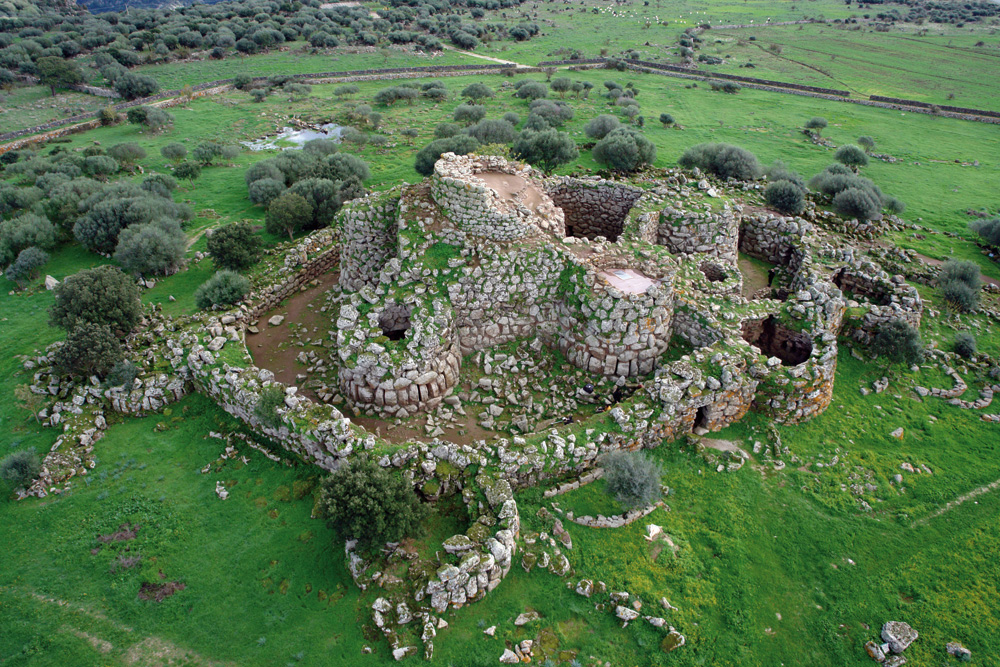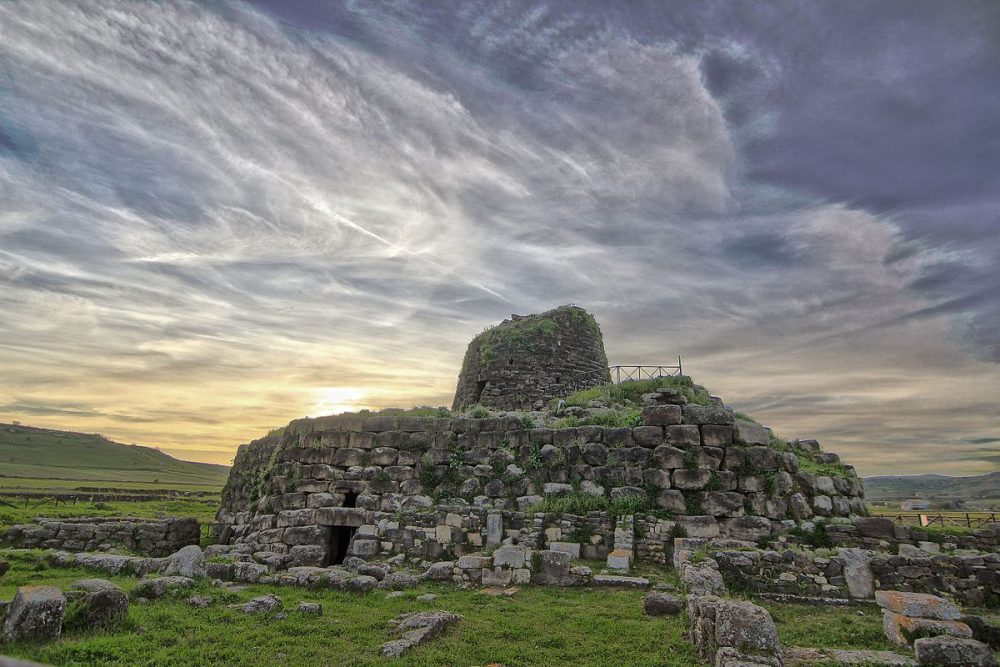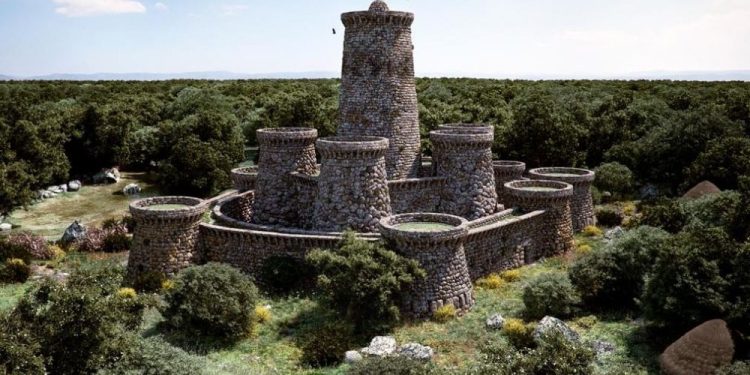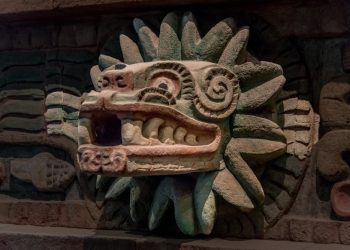A curious theory was published in 2002 by Italian journalist Sergio Frau, suggesting that the columns that Plato wrote about may have been in the Strait of Sicily. Consequently, according to the author of the version, the island of Sardinia could be the legendary Atlantis. Sardinia, in the past, could indeed have experienced a severe cataclysm. For example, in that period (after the Flood), when, due to the rise in the level of the World Ocean, the waters of the Atlantic poured through the so-called Isthmus of Gibraltar, which previously connected Africa with Europe, and the Mediterranean Sea ceased to be an internal lake.
Naturally, this process could be catastrophic, including for Sardinia. But regarding the location of Atlantis here, I will only smile skeptically as we’ve all heard Atlantis being mentioned for literally every geographical region on the planet. However, we do know of the remains of other impressive ancient civilizations that, at least, have been confirmed as real. Let’s focus on the topic at hand – the enigmatic Nuraghe towers on the island of Sardinia.
What do we know of the megalithic Nuraghe Towers?

Nuraghi are fortress-tower structures, somewhat reminiscent of medieval castles, only of a smaller size. There are some similarities with the famous ancient Maltese temples. So far, more than 7000 have been found on the island of Sardinia, dating to the time of the Nuragic civilization or about 3800 years old. According to experts, there might have been more than 10,000 Nuraghi in the past.
In the past, historians considered the Nuraghe towers as shelters built to withstand enemy attacks, but this theory has now been abandoned. In fact, there is no unified agreement as to why they were built. In general, there certainly was a grand reason for their creation, but whatever the case may be, one question remains – why so many?
The construction of the towers
Each Nuraghe tower is said to be made from treated basalt blocks laid without mortar. However, basalt blocks in masonry are rare. The main material used is volcanic tuff, and the processing is very rough, which should be considered normal since ancient civilizations did not have advanced tools. At least, this is what history tells us so far. In other words, the processing of the stones included simple wreckage and then arrangement piece by piece.
Although the buildings around the towers are most often proclaimed to have a “sacred” purpose, they are much more like a pile of household buildings, with a rather chaotic choice of the shape of specific rooms.
Interestingly, similar round structures on the nearby island of Pantelleria are still used as a structure to protect orange trees from strong winds – i.e. they have not a sacred but a purely utilitarian purpose.

Archaeological theories
A popular version in the archaeological community suggests that the Nuraghe towers were expanded at later stages, with additional towers around the central one. However, this theory does not correspond to reality – the structure of the floors of the interior rooms and passages is such that the simultaneous erection of all towers could only create it at once.
Again, the main problem is that it is unclear why the ancients had to work so hard. The place, of course, is strategic – the surrounding valleys are clearly visible from this towering point, and it was quite possible to place a guard post of several dozen people in each of the Nuraghe towers. However, there is no special point in creating such a structure, and definitely not in such great numbers. Moreover, the Nuraghe towers are known only in Sardinia. Such towers have not been found in the mainland of Italy nor anywhere else in nearby regions.
Join the discussion and participate in awesome giveaways in our mobile Telegram group. Join Curiosmos on Telegram Today. t.me/Curiosmos











